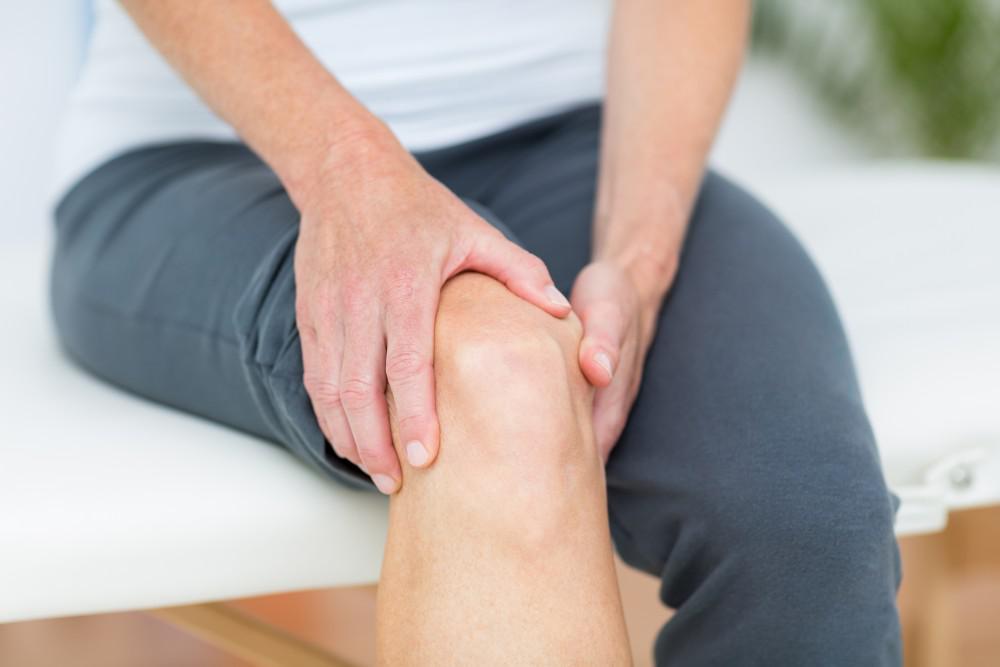Most people who suffer from chronic pain know one thing for certain: They hurt. What they may not know is that there are different types of pain, and knowing which type of pain you’re experiencing plays a big role in your treatment.
Broadly, pain can be divided into two types: neuropathic and nociceptive. Neuropathic pain originates in your nerves and nervous system, while nociceptive pain arises from damage to your muscles, bones, or other tissues. Of the two, nociceptive pain is more common.
At Pacific Pain and Regenerative Medicine in Irvine and Los Angeles, California, Hasan Badday, MD, and his team offer medication management and other pain therapies for both nociceptive pain and neuropathic pain.
Here’s what Dr. Badday and our team want you to know about nociceptive pain, how it differs from neuropathic pain, and how it’s treated.
Nociceptive pain 101
Pain happens when a stimulus acts on special receptor neurons that are found in your skin, muscle, joint, bone, and gut tissue. When receptors sense one or more stimuli, they send “pain messages” to your brain.
Different types of receptors respond to different types of stimuli, including mechanical, chemical, and temperature stimuli. Some receptors respond to a combination of stimuli. For instance, if something very hot is pressing on your skin, nociceptive receptors sense both heat and mechanical stimuli.
Injuries associated with nociceptive pain include:
- Bruises and abrasions
- Burns
- Sprains or broken bones
- Painful joints, including arthritis pain
- Internal organ problems, like kidney stones or heartburn
- Contact with irritating or toxic chemicals
- Tumor growth
Nociceptive pain ranges from dull aches to sharp cramps, and it can be chronic or recurring.
By contrast, examples of neuropathic pain include sciatica and other diseases and conditions originating in your nerves. Back or neck pain caused by a bulging or slipped disc is another example of neuropathic pain.
Treating — and relieving — nociceptive pain
Treatment for both neuropathic and nociceptive pain has two primary goals: to relieve painful symptoms and to treat the underlying cause. These goals help you feel better while also reducing or preventing symptoms in the future.
Before recommending treatment, Dr. Badday performs an exam and evaluations to identify the underlying cause of your pain. In addition to a physical exam and a review of your symptoms, he often recommends diagnostic imaging, lab tests, and other evaluations based on your specific symptoms.
Depending on your needs, your treatment plan may include:
- Over-the-counter medicines for pain and inflammation
- Therapeutic massage
- Physical therapy
- Occupational therapy
- Injections to relieve pain and inflammation
- Treatments to reduce joint pain
- Laser and other energy therapies
Because nociceptive pain can be complex, both in cause and symptoms, many patients benefit from a combination of therapies to find relief.
Acute pain that’s related to an injury may resolve fairly quickly, within a matter of weeks or less. Chronic pain, like arthritis, can last much longer. Regular office visits and evaluations enable Dr. Badday to adjust and fine-tune your treatment so it remains effective in preventing symptoms and supporting your body’s healing process.
Pain relief tailored to your needs
Pain can take a toll on your life physically and emotionally. To learn how we can help, book an appointment online or over the phone with Dr. Badday and our team at Pacific Pain and Regenerative Medicine today.









